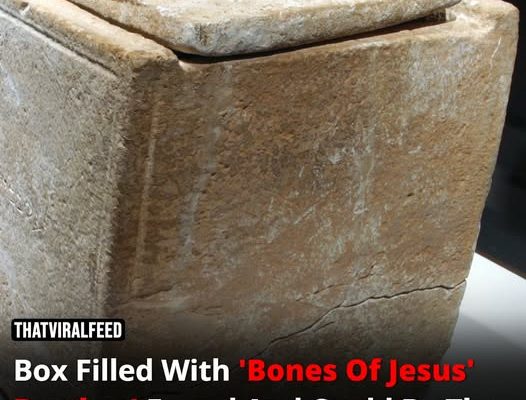The story of this ossuary began in 1976, when antiques collector Oded Golan acquired it.
What made it extraordinary was the inscription carved on its surface, sparking intense interest and investigation.
The inscription
On the box was inscribed the phrase, “James, son of Joseph, brother of Jesus.”
These names resonate deeply with the biblical texts, where Jesus’ brothers, including James, Jude, Simon, and Joses, are mentioned.
The ossuary, now known as the James Ossuary, quickly became the center of speculation about whether it might have once contained the remains of James, a sibling of Jesus Christ.
When the discovery was announced to the public in 2002, it ignited a storm of debate. The Israel Antiquities Authority (IAA) declared the inscription a forgery, according to Live Science, casting doubt on its authenticity.

Doubt over its authenticity
The IAA formed a committee of scholars to examine the “brother of Jesus” inscription in detail. The committee ultimately concluded that the inscription was a forgery, a finding that was later reported by Biblical Archaeology.
However, this conclusion was not without controversy. Dutch scholar Pieter van der Horst accused the IAA of assembling a committee composed primarily of individuals predisposed to skepticism about the artefact’s authenticity.
After a lengthy trial that spanned seven years, the court cleared Golan and others of any wrongdoing or forgery, leaving the question of the ossuary’s authenticity unresolved.
He added: “If it were true that the crucifixion was the end of Jesus’ story, no one would be bragging about being related to him on an ossuary.”
Despite the controversies, emerging evidence has reignited interest, suggesting the ossuary could have a genuine link to Jesus Christ and his family.

New analysis
Oded Golan himself recently spoke to Crosswalk.com, saying it is “almost sure” that the ossuary belonged to James, the brother of Jesus. This confidence comes from scientific analysis carried out on the box and, more crucially, the inscription.
According to Golan, “several chemical tests” were performed, with particular focus on the inscription. He described this as “the more important element” of the artefact.
The tests allegedly confirmed that the entire inscription is authentic, lending significant weight to the ossuary’s claim of historical and religious importance. As Golan noted: “It was engraved several thousand years ago.”



